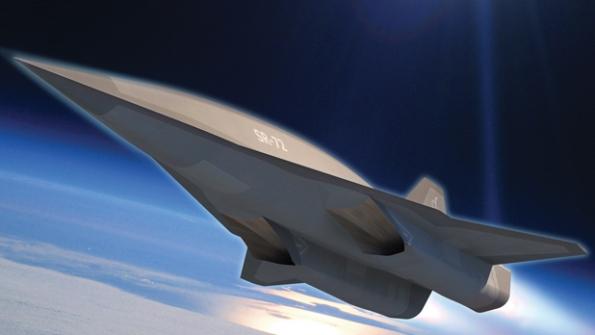
The new Mayhem demonstrator vehicle for a hypersonic, air-breathing propulsion system traces back to budget planning documents that describe a proposal to develop “multi-cycle engines,” the U.S. Air Force Research Laboratory (AFRL) confirmed to Aerospace DAILY.
The acknowledgment is the clearest indication that Mayhem will serve as a testbed for dual-mode or turbine-based combined cycle (TBCC) hypersonic propulsion systems.
AFRL first disclosed Mayhem in a request for information published on Aug. 12 for an “Expendable Hypersonic Multi-Mission Air-Breathing Demonstrator.” The Air Force seeks a new vehicle capable of hosting at least three different payloads on each flight.
No demonstrator by that name appears in Air Force budget documents, but a spending justification report published in February does name an effort to launch a program called the “Multi-Mission Cruiser.”
“Mayhem, in its early planning stages, was described as a ‘Multi-Mission Cruiser’ due to the focus on sustained hypersonic flight capabilities independent of potential payloads,” AFRL said in response to emailed questions.
The justification report describes the Multi-Mission Cruiser as featuring a “multi-cycle” propulsion system. The Air Force also is pursuing an operational prototype of a scramjet-powered cruise missile, as a follow-on to the Defense Advanced Research Projects Agency’s Hypersonic Air-breathing Weapon Concept (HAWC). But the HAWC follow-on will use a single-cycle scramjet engine.
By contrast, the Mayhem vehicle is “focused on demonstrating advanced scramjet propulsion technologies,” AFRL said, but did not confirm whether “multi-cycle” refers to either a TBCC or dual-mode scramjet engine.






Comments